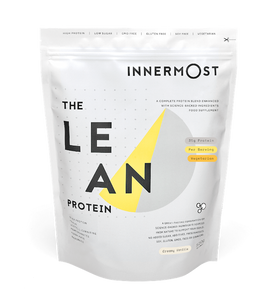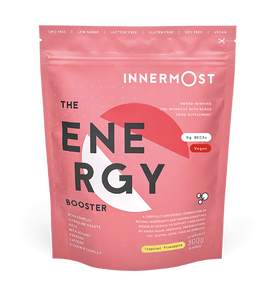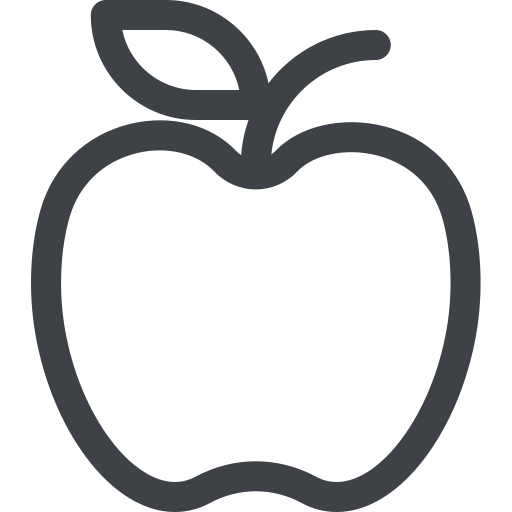If muscle growth is your fitness goal, you’re in the right place. HIIT workouts are a great technique for burning fat whilst still maintaining and gaining muscle mass, hitting multiple goals at once. These workouts are great for toning up and increasing your stamina.
What are HIIT workouts?
HIIT (high intensity interval training) workouts are a method of exercise that prioritise speed and intensity. You may have heard of techniques such as Tabata, which breaks down these HIIT exercises into timed intervals.
People love HIIT workouts for their timeliness – due to their quick, intense nature, they’re great to squeeze in during a lunch break or before work. Train hard and fast for optimum results and we guarantee you’ll fall in love. The endorphins you feel after these techniques are next to none.
How do you promote muscle mass?
Put simply: more load = more gains. Promoting muscle growth is a delicate balance between diet, workout routine and appropriate recovery to avoid injury. Strike this balance, however, and you’ll be in the money.
- Eat regularly: small, healthy amounts
- Include healthy fats in your diet
- Drink lots of water
- Remember to eat your breakfast!
Muscle growth techniques
When it comes to exercise inspiration, there is a sea of information out there, so it’s important to find exercises that work for you and your specific fitness goals. The main thing to remember is that consistency is key; continue to challenge yourself and stick to your goals long-term. That’s when the best results will come!
Strength and resistance training
Strength and resistance are the key to building muscle mass. People regularly incorporate weights and resistance bands, which are elastic bands, often covered in fabric for the user's comfort, that are highly effective in training and promoting muscle growth. The bands were originally used for rehabilitation purposes until the effectiveness of this technique for muscle growth was noted.
Using weights
Depending on the specific muscles you are targeting, use of weights are the primary method to achieving muscle growth. Aside from this, free weights are a great, effective method in targeting growth. These are a really simple way to up your workout and increase your gains.
- Arms: Dumbbell Curls
If you’re looking to increase the muscle growth in your arms, you want to target your triceps and biceps. These muscles are easily activated through the use of dumbbells – or if you’re working out from home, any item that provides weight. This could be a bottle of milk or maybe a brick, depending on your requirements and capabilities.
With a weight in each hand, stand with your feet shoulder-width apart with your arms down by your sides. Stand in front of a mirror if you can to ensure you are maintaining your form, and slowly curl the weights upwards towards your shoulders. Repeat to complete your set.
You can actually incorporate dumbbells into many of your favourite HIIT routines: burpees, push ups, mountain climbers – you name it. If you feel confident, add in some dumbbells and up the tempo to create a high intensity workout.
- Legs: Weighted Squats
Leg day is a HIIT athletes’ favourite. Nothing compares to the burn you get after a good session. To target your lower body, we recommend you opt for squats and deadlifts. But for a HIIT workout, squats and pulse squats are your best friend.
Load the barbell with your desired weight or use the bar alone if you are just starting out – it’s usually around 20kg by itself! If you haven’t tried this before, try with a friend first and make sure you're happy with your form during a bodyweight squat before you continue any further.
Stand tall with your feet slightly wider than shoulder-width apart below the barbell. Make sure the space around you is clear to avoid any potential injuries, and get a good grip of your bar.
Bend your knees and hips simultaneously and lower yourself into the squatting position, and then return back to your standing, resting position. Keep your chin and chest up to maintain good form, helping to prevent injury. Repeat. We recommend three sets of twelve reps, but this entirely depends on your experience and capabilities as to how you implement these strength training exercises.
Top tip: add a resistance band around your thighs for some extra burn!
- Abs: Medicine Ball Crunch
Get ready for some great strength training and the ab burn of your life. Sit on a flat, soft surface with your legs stretched out in front of you. Grab a medicine ball at a weight of your choice and lie down flat on your back with your arms stretched behind you.
In one, swift movement, bring your arms and feet together above you in the air. Hold it, and then slowly release, holding your core tight as you move. Repeat your reps and time your workout to the recommended Tabata protocol for a real HIIT burn. The aim of these workouts is to push your body to the limit with the intensity of your exercises. Here, you are trying to achieve MMF to maximise your muscle growth and results.
What is MMF?
Momentary Muscular Failure, or MMF, describes the state of your muscles following a high intensity and gruelling workout. This is the point that you reach when no more reps of your chosen exercise can be performed with perfect form due to the strain on your muscles.
Reaching MMF is an important step in continuing and maintaining muscle growth, as this state pushes your muscles to rip. Here, you are aiming to tire your muscles to create these tears, which speeds up your muscle gains (if adequate recovery is maintained).
Summary
HIIT workouts are a great time effective and goal-orientated fitness technique that can absolutely be incorporated to promote muscle growth. Whilst we’ve given you three examples, these definitely aren’t extensive – so if these aren’t for you, check out some more of our workout guides for inspiration. Pair these workouts and a healthy, balanced diet with The Power Booster and really reap the benefits and hit those fitness goals ASAP.



















